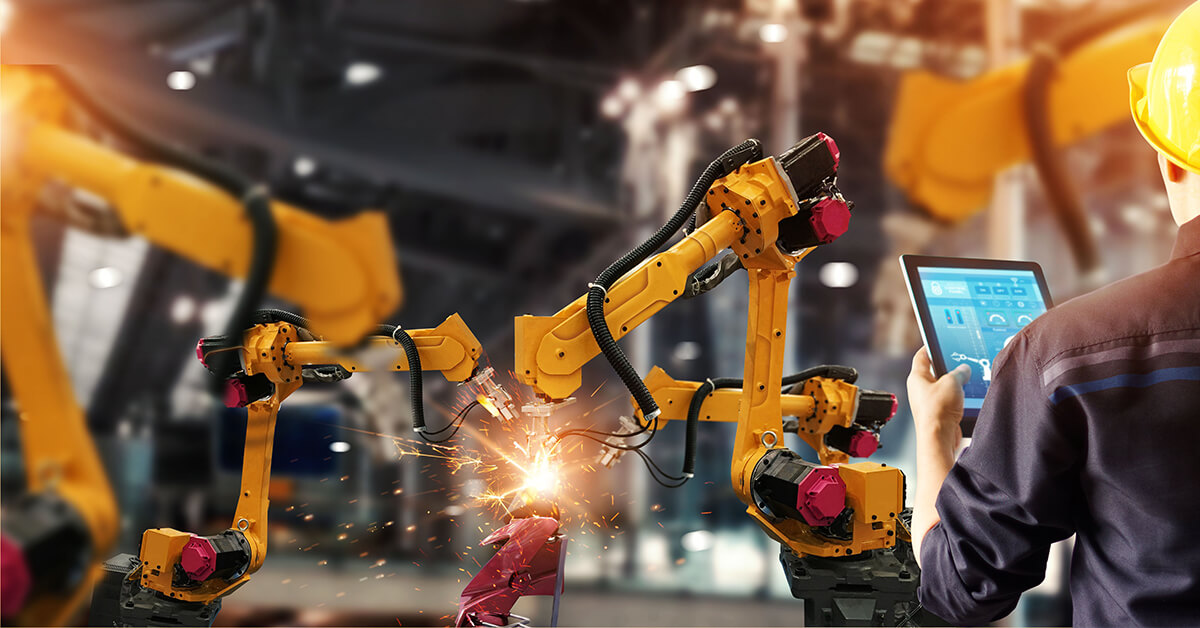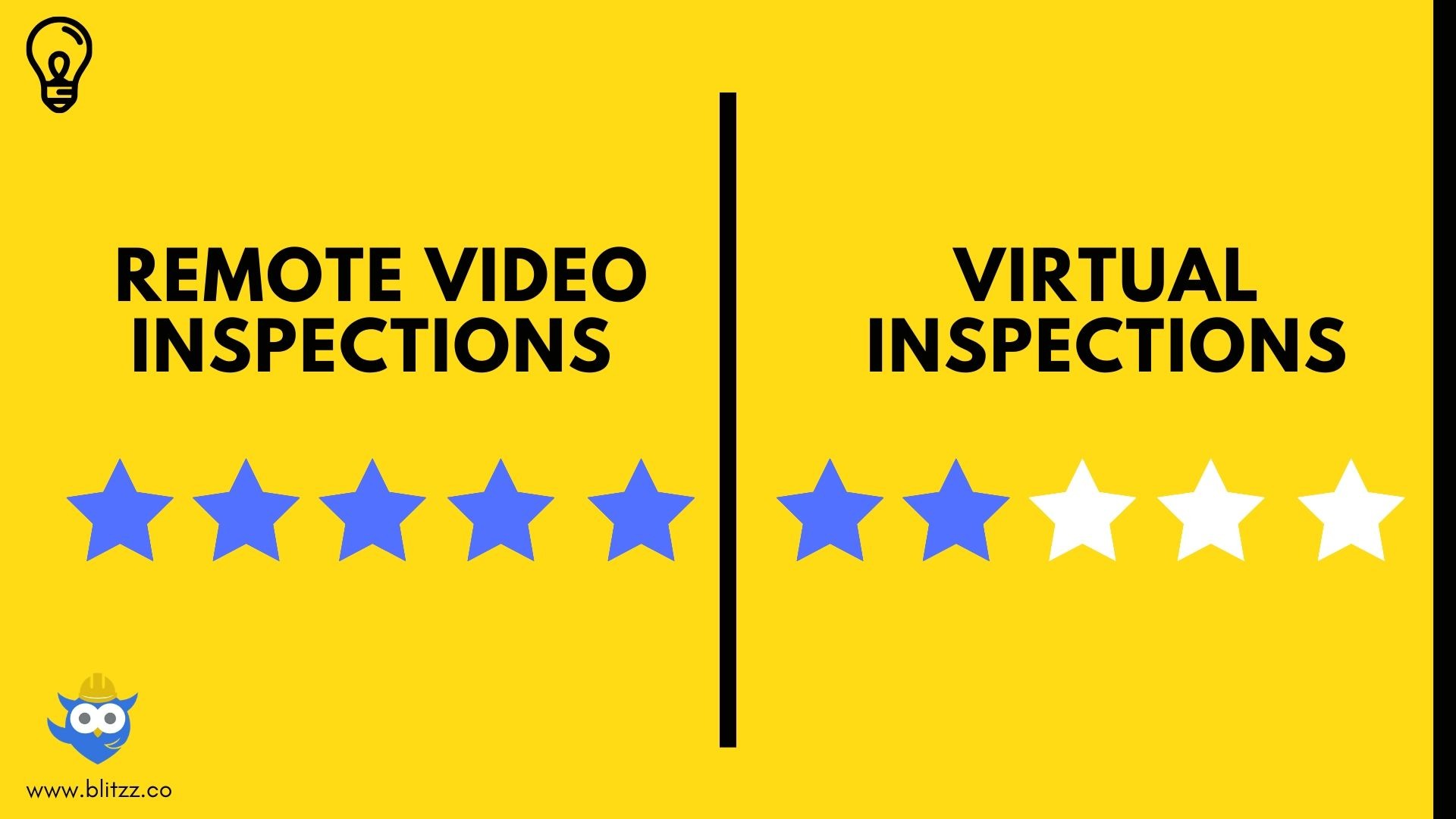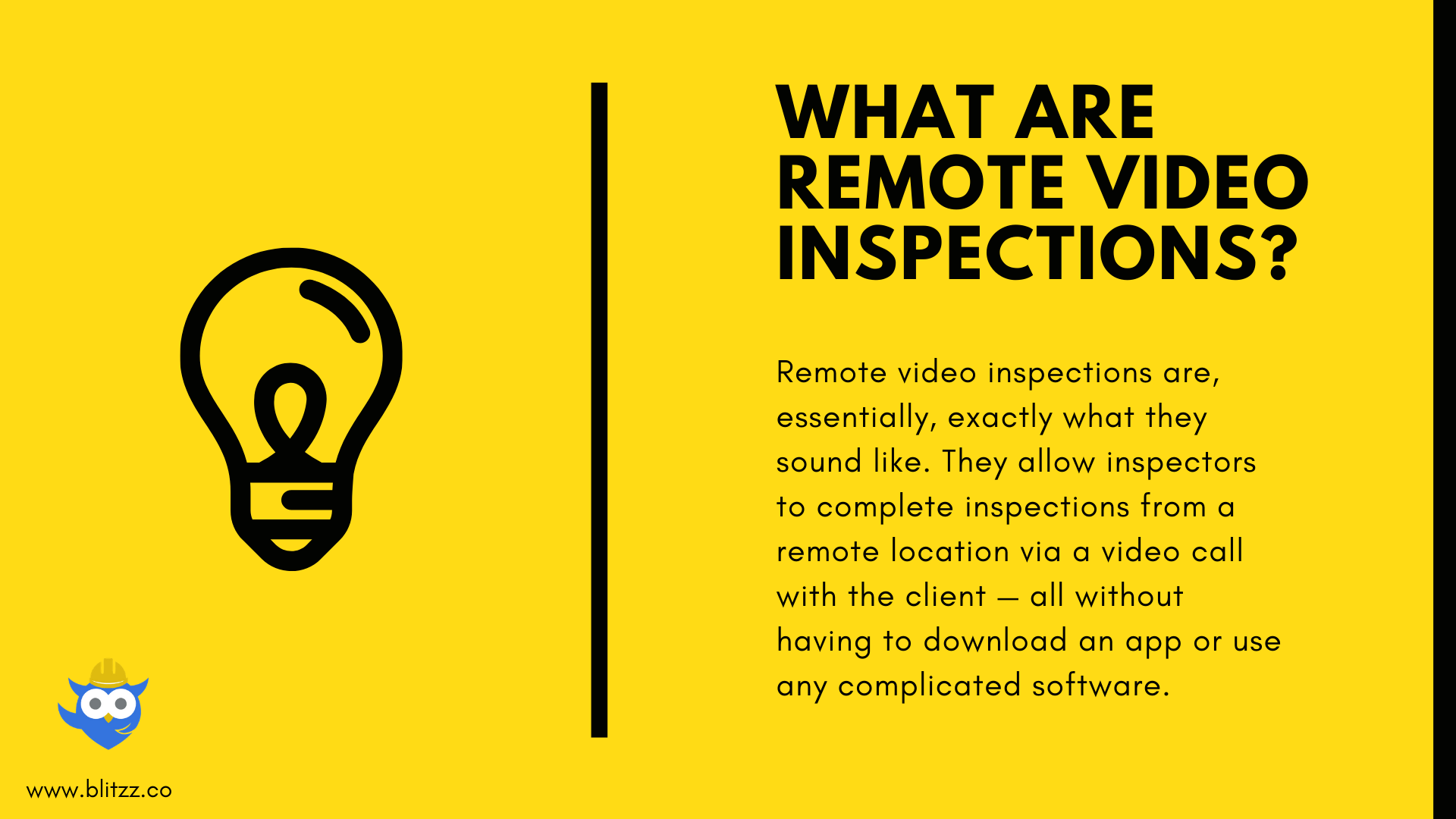Safety First: Why Remote Video Inspections Are Here to Stay
In the months since the beginning of the COVID-19 pandemic, we’ve all seen how many businesses have temporarily shifted to remote solutions. But is that shift really temporary?
Some industries are better suited to remote work than others, and as the world returns to the status quo, many businesses have shifted away from remote solutions once again. Other companies have embraced the remote shift, realizing that their work is not only possible in this new model but more efficient than ever. In which camp do building, home, and factory machinery inspections land?
Let’s discuss the reasons why remote video inspections are the way of the future - pandemic or no pandemic. We’ll examine the multiple ways in which remote inspections are safer for inspectors, customers, and companies alike.
The Case for Remote Video Inspections
Before we make our case for why remote video inspections are here to stay, we should first establish the validity of this method of examination. Although countless inspection companies have utilized remote video inspections for years, there is still a common myth that a remote inspection is not as thorough as an on-site inspection. This myth is false.
Remote inspections have several advantages over traditional, on-site inspections. Firstly, the inspection process is recorded and saved when that inspection is conducted remotely. This recording process not only makes it easier for an inspector to get a second opinion if they are unsure but allows for footage to be reviewed at a later date if needed.
Additionally, remote inspection tools like Blitzz offer advanced features like augmented reality, allowing the inspector to guide the customer through the inspection site just as effectively as they were on-site.
Now that we have established the reliability of remote inspection tools as a whole, it’s time to examine the reasons why this method is here to stay. Below, we’ll discuss how remote inspections are safer for inspectors, customers, and your bottom line.
Safer for Inspectors
The purpose of regular inspections for buildings, machinery, and other equipment is to ensure that the subject of the inspection doesn’t have any flaws or issues that may present a danger to anyone.
However, this doesn’t account for the danger the inspector undertakes by performing the inspection itself—large machinery, high-up equipment, and electrical equipment all present potential dangers to an on-site inspector. When the inspector conducts their inspection remotely, these dangers are not present.
Additionally, sending an inspector to a client site requires you to roll a truck. Not only is this expensive for your organization, but it also carries a risk for the inspector. With remote video inspections, your inspectors won’t need to worry about getting into a traffic accident as they rush to make their next appointment.
Safer for Customers
In the age of COVID-19, even the least germaphobic among us became aware of just how many germy situations we find ourselves in throughout daily life. As a safety measure during the pandemic, many organizations, states, and localities required workers to perform their duties remotely to help prevent the spread of the virus. But, even without the threat of COVID-19, remote video inspections are safer for your customers.
Not only can you keep customers and inspectors healthy during everything from a pandemic to a run-of-the-mill flu season, but there are also benefits when it comes to liability. Depending on the circumstances under which they occur, those inspector injuries we discussed in the first section can cause headaches for customers when they happen on-site. When inspectors are safer, it’s a win-win for everyone involved.
Safer for Your Bottom Line
In addition to being safer for customers and employees, remote video inspections are also safer for the financial side of your business. There are a few ways in which remote video inspection can save your company money. Firstly, embracing remote inspections can save you on your vehicle fleet costs.
The more trucks you roll for inspections, the more trucks you need in your fleet. Every additional vehicle comes with a price tag - and we don’t just mean the initial purchase price. Insurance, maintenance, and repairs for each truck add up, and then there’s fuel cost.
You’ll also save money on inspector hours. Instead of spending valuable time stuck in traffic or commuting to a far-away location, your inspectors can jump from appointment to appointment quickly and easily without ever leaving their desks.
On average, it costs over $1,000 for one fully burdened truck roll. Embracing a remote-first inspection model can save you thousands of dollars.
Remote Video Inspections Are Here to Stay
Advances in technology have allowed workers across industries to level up their business processes in recent years. Remote video inspections offer a chance for the inspection industry to do the same. By leveraging a remote video inspection tool, you can offer quality inspections while keeping your inspectors and customers safe and protecting your company’s bottom line. Truly a win-win-win!
Blitzz Inspect is not only one of the most robust remote inspection tools on the market, but it’s also the tool that makes it easiest to get your inspectors up and running. To see how Blitzz can save you money and keep your people safer on the job, schedule a test drive today!





